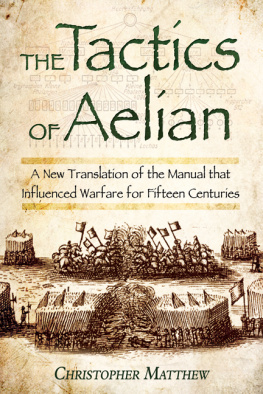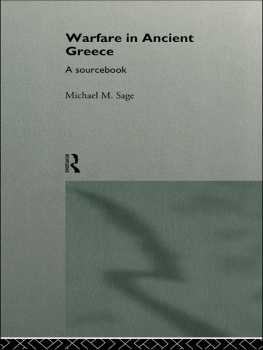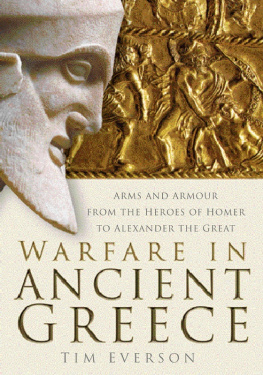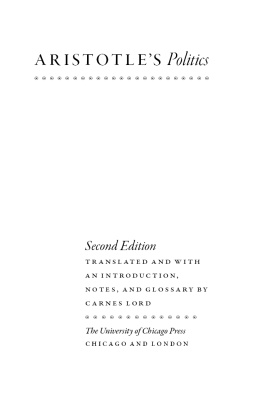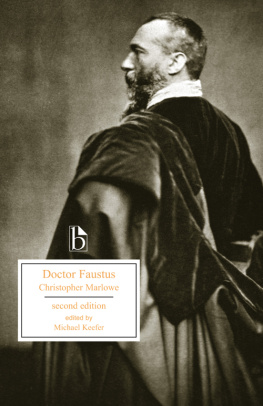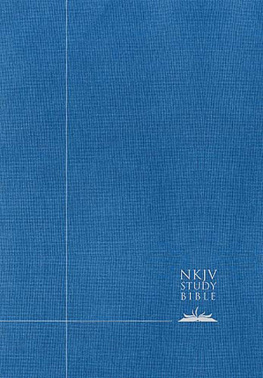

First published in Great Britain in 2012 by
P EN & S WORD M ILITARY
An imprint of
Pen & Sword Books Ltd
47 Church Street
Barns ley
South Yorkshire
S702AS
Copyright Christopher Matthew 2012
ISBN 978 1 84884 900 6
eISBN 978 1 78337 861 6
The right of Christopher Matthew to be identified as Author of this work has been asserted by him in accordance with the Copyright, Designs and Patents Act 1988.
A CIP catalogue record for this book is available from the British Library.
All righ ts reserved. No part of this book may be reproduced or transmitted in any form or by any means, electronic or mechanical including photocopying, recording or by any information storage and retrieval system, without permission from the Publisher in writing.
Typeset in 11pt Minion by Mac Style, Beverley, East Yorkshire
Printed and bound in the UK by MPG
Pen & Sword Books Ltd incorporates the imprints of Pen & Sword
Aviation , Pen & Sword Maritime, Pen & Sword Military,
Wharncliffe Local History, Pen & Sword Select, Pen & Sword
Military Classics, Leo Cooper, Remember When, Seaforth
Publishing and Frontline Publis hing
For a complete list of Pen & Sword tit les please contact
PEN & SWORD BOOKS LIMITED
47 Church Street, Barnsley, South Yorkshire, S70 2AS, England
E-mail: enquiries@pen-and-sword.co.uk
Website: www.pen-and-sword.co.uk
Contents
List of Illustrations
List of Plates
Foreword
I t is a great pleasure to write the foreword to this new translation of Aelians treatise, On the Military Arrangements of the Greeks , with commentary by Christopher Matthew. In a world where success in warfare was crucial to the long-term prosperity of any ancient city or people, it is not surprising that specialist military manuals were written on a wide range of topics. Only a fraction of this literature has survived, in the arbitrary way that is common to most ancient writings. For instance, we know that the famous Roman senator Frontinus, who wrote on the water supply of Rome during the Flavian period, also composed two military works: a book on tactics, and a collection of ruses and military anecdotes like the strategemata of Polyaenus. The former has not survived, yet the latter has. What sources we have from writers like Xenophon (4th century BC), Aeneas Tacticus (4th century BC), Athenaeus Mechanicus (1st century BC), Frontinus and Polyaenus (2nd century AD) offer a wealth of information on diverse topics, from naval engagements and training warhorses to fooling an enemy, surviving siege warfare, and constructing siege engines. Some of this information is plain wacky, but a lot of it is plausible and intriguing, providing valuable insights into the practical logistics of warfare, as well as human ingenuity and cruelty.
In addition to the authors listed above, there are three other esoteric military texts that have a close affinity to each other: Asclepiodotus Techne Tactica (1st century BC), Arrians work of the same name (ca. AD 136), and Aelians text (Aelianus Tacticus, to distinguish him from the Claudius Aelianus of the late 2nd-early 3rd century AD). Aelians work on the arrangements for military deployment made by Alexander the Great and the Diadochoi is the longest and perhaps the most important. (On the dates and form of these manuals, see A.M. Devine, Arrians Tactica, ANRW II 34.1 (1993), 312337, at 3156, with n. 13.) However, of the three, only Arrian appears to have any personal and professional military experience. Asclepiodotus and Aelian were military theorists rather than generals. In fact, in his Proemium , Aelian openly admits that he has no experience of warfare himself, but instead writes as an academic or a philosopher. As Matthew notes in his Preface, Aelian may have used Asclepiodotus work, but all three treatises are derivative, probably depending directly, or via an intermediary, on a Hellenistic writer called Poseidonius of Rhodes, whose work is also lost (cf. Aelian 1.2; Arrian, Tact . 1.1; see also Devine, op. cit ., 333, with nn. 30, 31).
Aelians work is dense, technical and esoteric. Even though he claims he is writing a stylish and polished essay (Praef. 6), it is clear that his text is aimed at the military specialist. At the same time, despite his claims about the exhaustive research he has undertaken, the spirit of the work given its theoretical genre is both artificial and idealized, rather than necessarily a reflection of the campaigns that Alexander and his marshals actually fought. It might appear, then, that the value of such a treatise is limited, but that would be a mistake. Apart from the treatises intrinsic appeal to the modern student of military history and to the wargamer, Aelians Tactics will be of interest to those engaged in the growing field of experimental archaeology, in which the editor himself has considerable expertise.
This book is an important contribution to the cultural heritage of the Hellenistic period. It redeems the work of an ancient author (Aelian), which was practically unknown. Matthew operates with meticulous efficiency, providing the Greek text alongside the English translation, with an exhaustive commentary and illuminating images and diagrams. In particular, the book explains the operation of the Macedonian phalanx under Philip and Alexander, a force that conquered much of the known world.
Brian Bosworth, Macquarie University
Elizabeth Baynham, University of Newcastle, Australia
Acknowledgments
T his work would not have been possible without the contributions of a number of individuals. Firstly, I would like to thank my wife, Kate, for the assistance she gave me in reading over some of the drafts as this work was being put together and for the inexhaustable amount of patience that she demonstrated while this project was being undertaken. Secondly, I would like to express my gratitude to the officers of the National Library of Australia in Canberra for their assistance with, and granting of access to, their copy of Robertellos 1552 edition of Aelians Tactics from their rare book collection without which this new edition of the work would not have been able to have been put together. I would also like to thank Dr. Ian Plant, Dr. Greg Fox and Professor Alanna Nobbs of Macquarie University for the help that they have given me with some of the more obscure passages that are found in some of the earlier editions of Aelians work. Additionally I would like to thank Dr. Elizabeth Baynham (University of Newcastle), Professor Brian Bosworth (Macquarie University), Professor Richard Gabriel (Royal Military College of Canada), and Dr. Michael Schmitz (University of New England) for reviewing drafts of the work and for their honest and constructive feedback. Finally I would like to thank all of the other friends, family and colleagues who have shown their own levels of support and/or interest in this project and who helped bring this work to life.
CM
2011
Abbreviations
Arc 1613 : Aelian, Tactica , translation by S. Arcerius (Leyden: Lewis Elzevir, 1613)
K&R 1855 : Aelian, Tactics , edition by H. Kchly and W. Rstow (Leipzig: Engelmann, 1855)
Rob 1552 : Aelian, , edition by F. Robertello (Venice: Andream and Iacobum Spinellos, 1552)
Preface
T here are two ancient authors by the name of Aelian whose works have survived to the present day. One by the name of Claudius Aelianus, living in the second and third centuries AD (c. AD 175235), was the author of a treatise on animals (the De Natura animalium or as it was originally called) and a miscellany of anecdotes, maxims, biographical comments and other assorted points of interest (the Varia Historia or ). The other writer, living about a century earlier, was the author of this treatise on tactics ( On the Military arrangements of the Greeks or ). For centuries, the two authors have often been confused with each other and their works were regularly combined into single editions. The tactical writer has subsequently been dubbed Aelianus Tacticus to distinguish him from the later author.
Next page
